
Over the past few years, few issues in the aviation industry have been more polarizing than children on commercial airplanes. The need for families to travel from place to place, or even for children to travel alone, often clashes with the desire of frequent fliers to have a peaceful flight. Some airlines have taken drastic measures, like Malaysia Airlines which has banned babies from first class and all children from the upper deck on their fleet of A380s. Other airlines have added child-free cabins as an ancillary amenity that is available for a fee.
As a newly-minted dad, I look froward to taking my son on his first flight (and many more after that). However I realize that sometimes the unfamiliar atmosphere onboard an airliner can disturb a small child. And when the child is disturbed, they may disturb those seated around them. All children could use an experience that is specially tailored to younger fliers in an industry that usually focuses more on high value (adult) frequent fliers. Unfortunately, cost cutting measures at most airlines have eliminated kid-friendly perks such as kids meals and pin-on airplane wings.
Fortunately, this is not the case at every airline, including at Lufthansa. Last year, 2.1 million children aged eleven and under flew on the German carrier, which is a number based on how many childrens’ fares they sold. Yes, Lufthansa still offers discounted fares for children, which are 75% of the adult fare.
3,123 children qualified as “elites” with the airline, having flown a minimum of 35,000 miles in a year. Some children even attain higher status levels: the youngest Senator member (having flown at least 100,000 miles in a year) is just two years old.
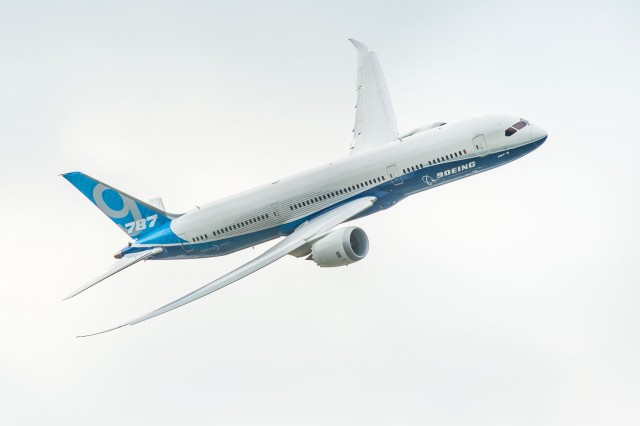
The Boeing 787-9 Dreamliner – flight test airplane ZB001 – completes its validation flight July 11th, ahead of the 2014 Farnborough International Airshow outside London – Photo: Boeing
You are probably aware that the Farnborough Airshow is going on this week. It is a time where airline manufacturers compete for orders, but also a chance to show off a little aviation porn with flying during the airshow. Typically you get to see these large aircraft flown agressively, not like you see them in the “real world.”
We just wanted to share some of the photos of the first Boeing 787-9 Dreamliner (ZB001) taking flight over Farnborough – enjoy!
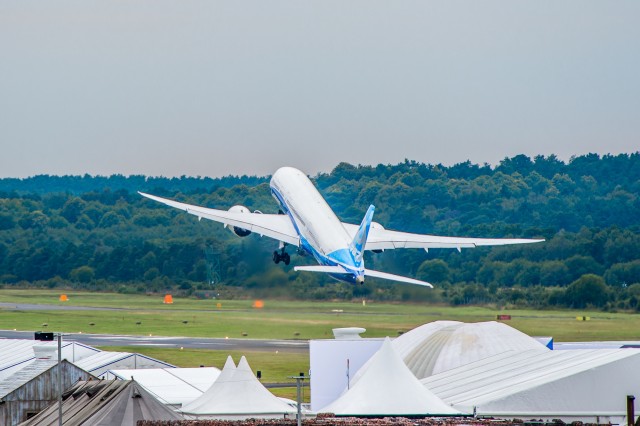
ZB001 takes off from Farnborough – Photo: Boeing
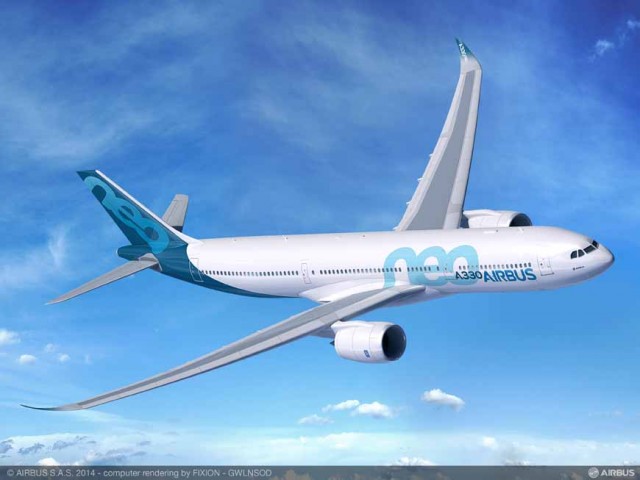
The Airbus A330-900neo – Image: Airbus
At the Farnborough Airshow this week, Airbus has officially announced that they will be moving forward with offering the new A330neo. Airbus is hoping that the new model will be 14% lower fuel burn per seat than the current A330 and they will be able to fly an additional 400 nautical miles.
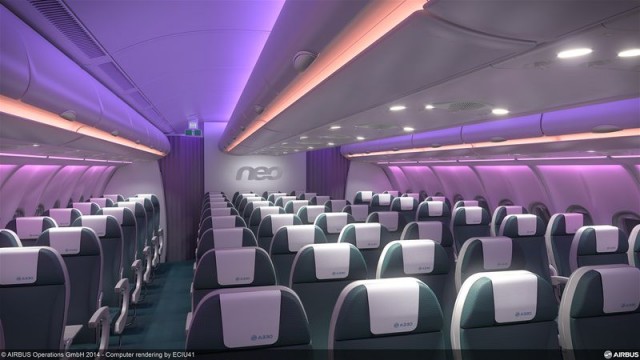
Cabin mock up of the A330neo – Image: Airbus
’œThe A330 is a very important margin contributor for our Group. It’s also one of the most reliable and efficient commercial aircraft ever,” said Tom Enders, CEO of Airbus Group. “Customers love it. With our decision to re-engine the plane, we will keep the A330 flying high for many more years to come.’
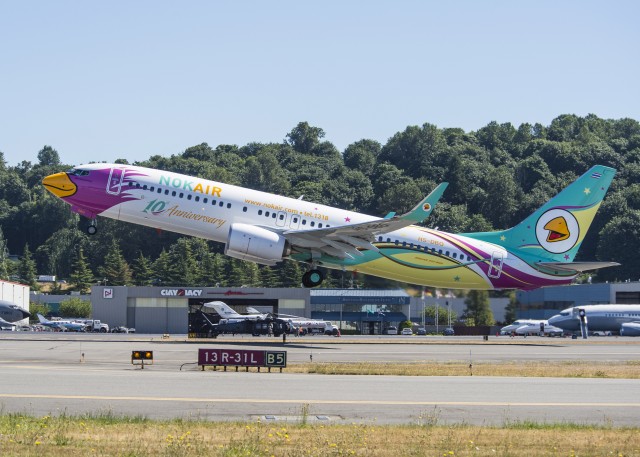
Nok Air’s brand new 737-800 takes off from Boeing Field in Seattle – Photo: Boeing
Nok Air already has a pretty sweet and unique looking livery. Now they have another special livery in the fleet to celebrate the airline’s 10th anniversary.
The Boeing 737-800 has the typical bird nose, but special stars, streamers and the 10th anniversary have been added.
“Today is an extremely exciting day for all of us at Nok Air, as the ’10th Anniversary’ aircraft and livery is a symbol of all the hard work and commitment of everyone at Nok Air in the past 10 years to achieve our goal of becoming Thailand’s number one premium low cost carrier,” said Nok Air CEO Patee Sarasin. “We are proud to have worked with Boeing since we started operations and this aircraft also marks a special milestone for our partnership.”
Make sure to notice the small beak on the winglet — now that is classy.
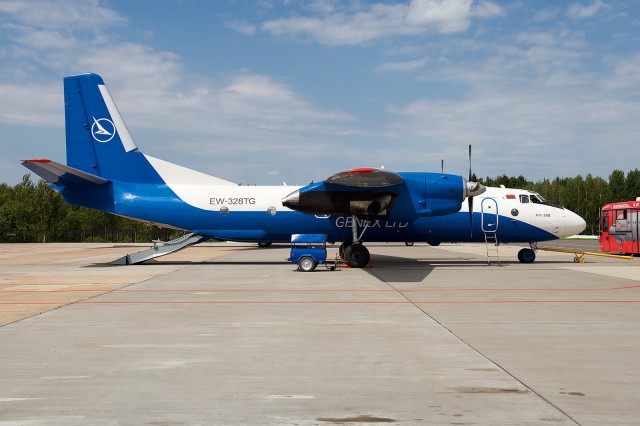
EW-328TG, an AN-26B side-on. Photo – Bernie Leighton | AirlineReporter
Antonov’s AN-26 is not a passenger plane, not even close. The AN-26 stems from the passenger AN-24– except it’s an AN-24 with a retractable cargo door. Same Ivchenko-Progress AI-24VT engines, same Kuznetzov APU. Just a door and some bubble windows in the flight deck separate it from its more, passenger-appropriate, forerunner.
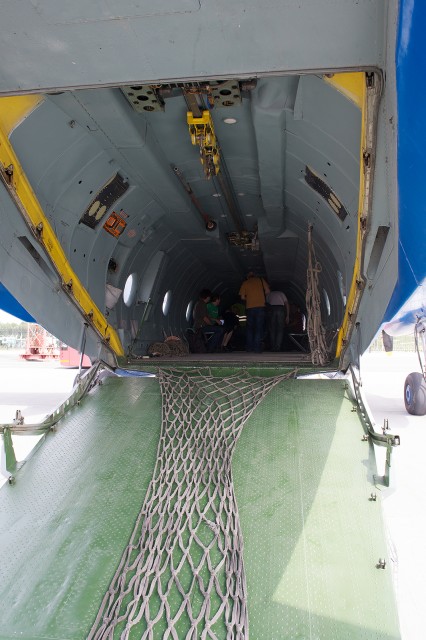
Boarding an AN-26B. Photo – Bernie Leighton | AirlineReporter
The cargo ramp is actually relatively slippery, so one must pay close attention and walk up the net. That photo also illustrates the fact that the AN-26 is equipped with an overhead crane to make loading easier.
The seats are hard — hard and linear. There are four windows in reasonable shape, but they barely make the cabin lighter than a dim alley, but it’s the thought that counts. All this didn’t take away from the fact that I had the opportunity to fly in this Ukrainian-built aircraft.







